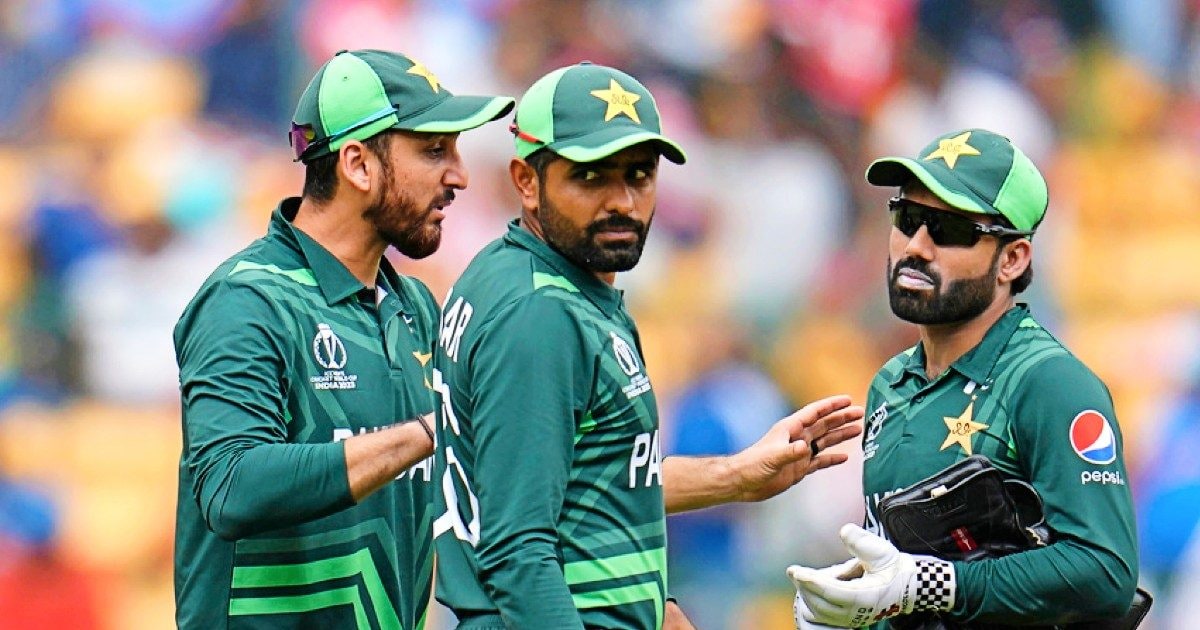
Although global recession risks have diminished, inflation concerns persist, reincreasing risks to global financial stability. International organizations and rating agencies have predicted a further slowdown in global growth this year. Downside risks include recent escalation of conflicts in the Middle East, financial tensions, persistent inflation and a slowdown in international trade.
A potential debt crisis looms over the global economic landscape. The International Monetary Fund's (IMF) Global Debt Monitor reported that total global debt, private and public, has risen to US$235 trillion, equivalent to 238 per cent of global GDP. There are serious concerns that fiscal prudence will be left behind in 2024 as more than half of the world's population goes to the polls.
Amidst all the pessimism, India is being seen as an emerging economic superpower of the world. “There is growing optimism that India is on the cusp of long-awaited economic growth,” India's central bank said in its monthly economic review. India is positioned to remain the fastest growing major economy, demonstrating resilience amid geopolitical challenges and supply chain pressures.
In its Economic Outlook for May 2024, the Organization for Economic Co-operation and Development (OECD) has projected global growth at 3.1 percent in 2024 and 3.2 percent in 2025. But India is projected to remain the fastest growing major economy among emerging markets. World. In 2025, India's growth rate is expected to be 6.6 percent, China's 4.9 percent and Brazil's 1.9 percent. In the advanced economies, US, UK and Euro, the sector growth is estimated at 2.6, 0.4 and 0.7 per cent respectively.
Recently, the IMF has also revised India's GDP growth forecast for the financial year 2023-24 by about 2 percentage points. The IMF's April 2024 World Economic Outlook highlights the expected strength of the Indian economy in 2024 and 2025, attributed to strong domestic demand and a growing working-age population.
RBI's monthly economic report focuses the attention of global observers on the dramatic reduction in poverty in India. Prime Minister Narendra Modi has said in his election rallies that more than 23 crore people have come out of poverty in the last 10 years. The World Bank also said that at the peak of the COVID-19 pandemic in 2021, only 12.9 percent of India's population lived on US$2.15 a day, the benchmark of extreme poverty. Recent estimates show that extreme poverty is close to being eliminated in India, a remarkable turnaround for a country that was once synonymous with poverty.
On infrastructure development, India's power sector has achieved 100 percent electrification in the last ten years. Daily electricity availability in rural areas is now 20 hours, while in urban areas it is 23.5 hours. Additionally, India has become the world's third largest renewable energy producer. India is aggressively pursuing research and innovations in the hydrogen energy sector through various incentive schemes. The World Economic Forum (WEF) estimates that green energy will create 50 million net jobs in India by 2030 and have an economic impact of $1 trillion.
Over the last ten years, India's road and highway sector has grown at a rapid pace. By the end of December 2023, India has about 66.71 lakh km of road network, the second largest in the world.
The digital revolution in India is another area where the country has played a leading role, with many countries adopting India's UPI for financial transactions. With the highest number of digital transactions globally and broadband connectivity reaching more than 93 percent of villages, India is fast becoming the world's digital powerhouse.
E-commerce platforms like Open Network for Digital Commerce (ONDC) are expanding online market access for small businesses. The government's thrust on digital public infrastructure is not only increasing productivity, efficiency and employment but also improving government revenues.
On the trade front, despite the slowdown in international trade, India's exports recorded an all-time high of US$ 778 billion in FY24. India has become the seventh largest exporter of services globally and the second largest among developing countries. According to UNCTAD, India will overtake the world average in services exports in 2023. Business services supported by global competence centers are expanding. The outlook for software services remains strong, with global IT spending set to increase significantly with the emergence of AI and innovations.
According to FDI Intelligence, India is projected to be among the top 10 economies for foreign direct investment (FDI) pace in the year 2024. Despite a US$1.1 billion net outflow from Indian equities in April, the country's foreign exchange reserves have increased. US$21.7 billion in 2024, the highest among countries with major reserves. Foreign exchange reserves now stand at US$644.2 billion, covering more than 10 months of projected imports for 2024-25 and almost all external debt till the end of December 2023.
Gross inward foreign direct investment (FDI) during 2023-24 remained stable at around US$ 71.0 billion, compared to US$ 71.4 billion a year ago. RBI data shows that more than 60 per cent of FDI equity inflows were directed towards manufacturing, power and other energy, computer services, financial services and retail and wholesale trade. Singapore, Mauritius, the US, the Netherlands, Japan and the UAE contributed more than 80 per cent of the inflows. However, net FDI during 2023-24 declined to US$10.6 billion from US$28.0 billion a year ago, mainly reflecting higher repatriation.
Speaking at the annual summit of industry body CII last week, Finance Minister Nirmala Sitharaman asked the industry not to ignore manufacturing, as some economists suggest.
“India should also increase its share in manufacturing, construction in global value chains with the help of policies. So we need more sophistication in our product formulation and we also need to look at how best policy support can be given to it, … IMF estimates that India will be the third largest player in global growth for five years starting from 2023. The share will be 18 per cent, so between 2023 and 2028 we are looking at an India that will be dynamic and contribute 18 per cent to global growth,” Sitharaman said.
Reacting to the Finance Minister's emphasis on manufacturing, eminent banker KV Kamath told ANI, “If India grows at 7-7.5 per cent, manufacturing will happen automatically. It will happen automatically. I see Given what has been done, the clean balance sheet, the opportunities in front of (banks), the growth we are seeing, the Indian economy should do very well.
On India's growth story, Piramal Group Chairman Ajay Piramal told ANI, “We will be the third largest economy, maybe a USD 40 trillion economy. Even now, I think by 2029, we will be the third largest economy. So only the US and China will be ahead of us. So this is a great progress that the country is making.
Government policies are promoting new and innovative sectors in the manufacturing sector. Production-linked incentive (PLI) schemes for 14 identified sectors with a total outlay of about Rs 1.97 lakh crore are in various stages of implementation. Some of the beneficiary sectors include EVs, EV batteries, hydrogen electrolysers, pharma, food processing and electronics.
The electric vehicle (EV) segment is a major disruptor in the manufacturing sector. In March, the government came out with a new EV policy to attract investments in the sector. Under the new EV policy, if a company invests USD 500 million in setting up a manufacturing unit in India, it is allowed to import completely built units (CBUs) at a concessional 15 percent duty for a period of five years. . The government is considering implementing the new EV policy by the end of July. Companies will be given 120 days to apply under this scheme. This will open a window of opportunities for international EV manufacturers including Tesla to enter India.
The S&P Global Outlook report states that the Indian consumer market is likely to double by 2031. Consumer spending on food in India is estimated to grow by US$1.4 trillion, with spending on financial services reaching US$670 billion. The government is looking at these as untapped opportunities that are still unknown.
India's recent CPI data indicates a higher increase in consumer demand in the rural market compared to urban India which indicates huge growth potential for India in the coming years. Goods and Services Tax (GST) collections in April 2024 recorded a year-on-year growth of 12.4 per cent, crossing the Rs 2 lakh crore mark for the first time.
All this indicates that over the past decade, India has become a major player in the global landscape, attracting the interest of investors, policy makers and businesses around the world. With growth rates more than double that of most emerging market economies, low tariffs, low labor costs, special incentives by the Indian government will remain a major attraction for investors.
PressNews24 provides latest news, bollywood news, breaking news hollywood, top tech news, business standard news, indian economy news, world economy news, travel news, mumbai news, latest news mumbai loksabha election 2024, video viral news, delhi news, Only at PressNews24.in





